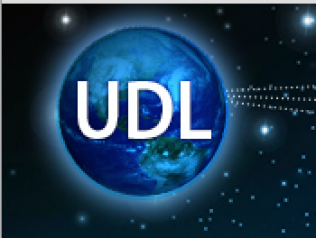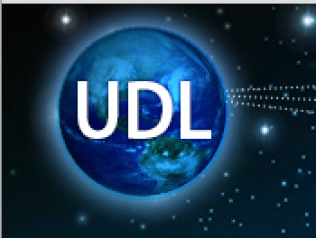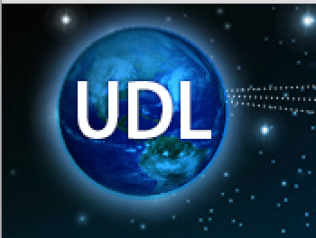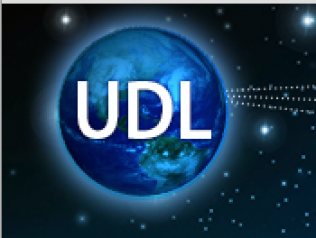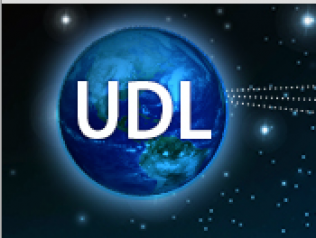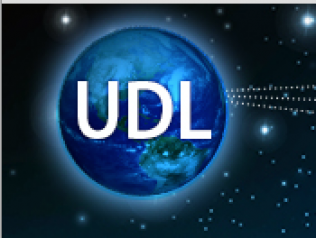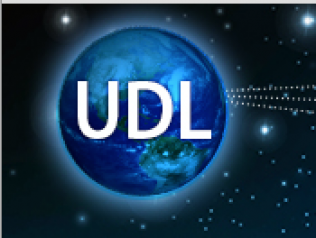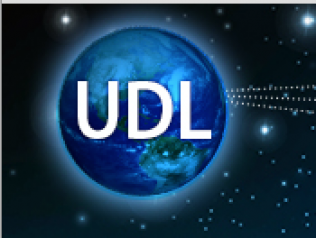UDL is an educational framework based on research in the learning sciences that guides the development of flexible learning environments that can accommodate individual learning differences[1].
Recognizing that the way individuals learn can be unique, the UDL framework, first defined by the Center for Applied Special Technology (CAST) in the 1990s[1], calls for creating curriculum from the outset that provides:
- Multiple means of representation to give learners various ways of acquiring information and knowledge,
- Multiple means of engagement to tap into learners' interests, challenge them appropriately, and motivate them to learn[3][4].
- Multiple means of expression to provide learners alternatives for demonstrating what they know, and
Curriculum, as defined in the UDL literature, has four parts: instructional goals, methods, materials, and assessments[5]. UDL is intended to increase access to learning by reducing physical, cognitive, intellectual, and organizational barriers to learning, as well as other obstacles.
The concept and language of UDL was inspired by the universal design movement in architecture and product development, originally formulated by Ronald L. Mace at North Carolina State University[5]. Universal design calls for designing and constructing buildings, homes, products, and so forth that, from the outset, accommodate the widest spectrum of users[8]. UDL applies this general idea to learning: that curriculum should from the outset be designed to accommodate all kinds of learners[9].
However, recognizing that the UD principles created to guide the design of things (e.g., buildings, products) are not adequate for the design of social interactions (e.g., learning situations), researchers at CAST looked to the neurosciences and theories of progressive education in developing the UDL principles[10]. In particular, the work of Lev Vygotsky and, less directly, Benjamin Bloom informed the three-part UDL framework[11].
Wikipedia (Aug 23, 2011). Retrieved from http://en.Wikipedia.org/wiki/universal_design_for_learning.
